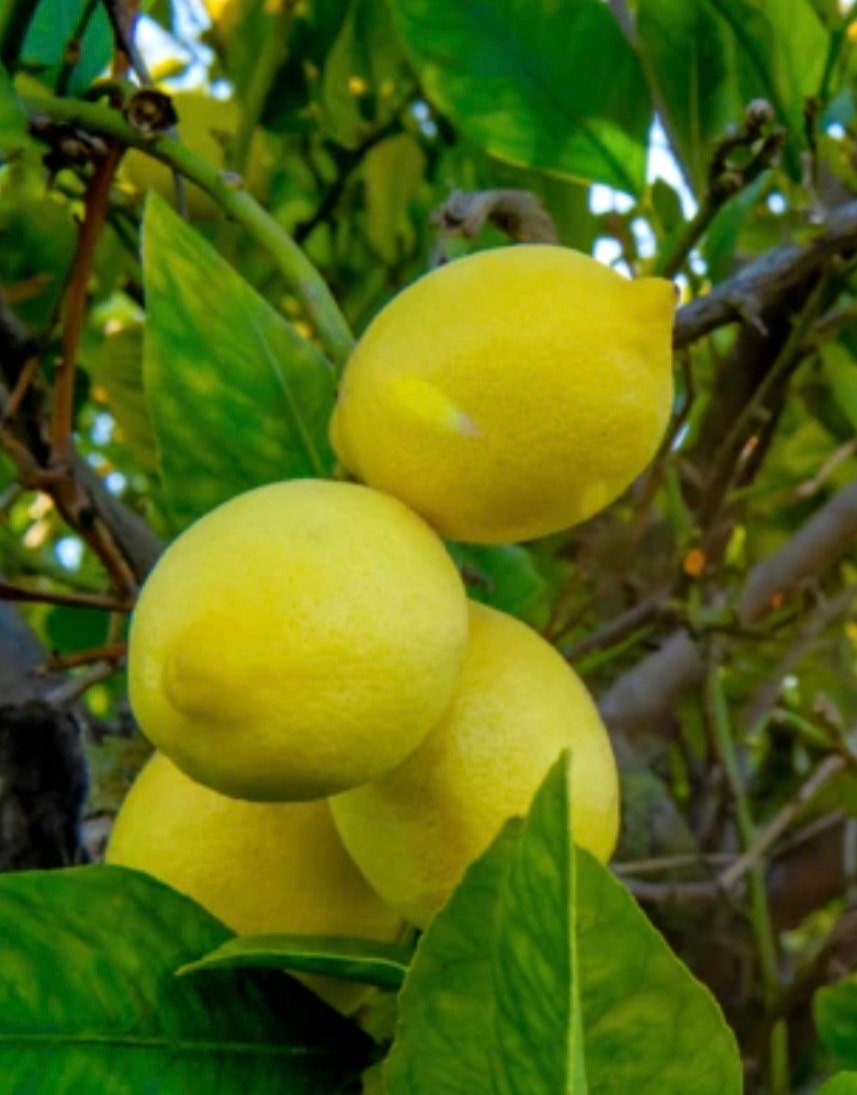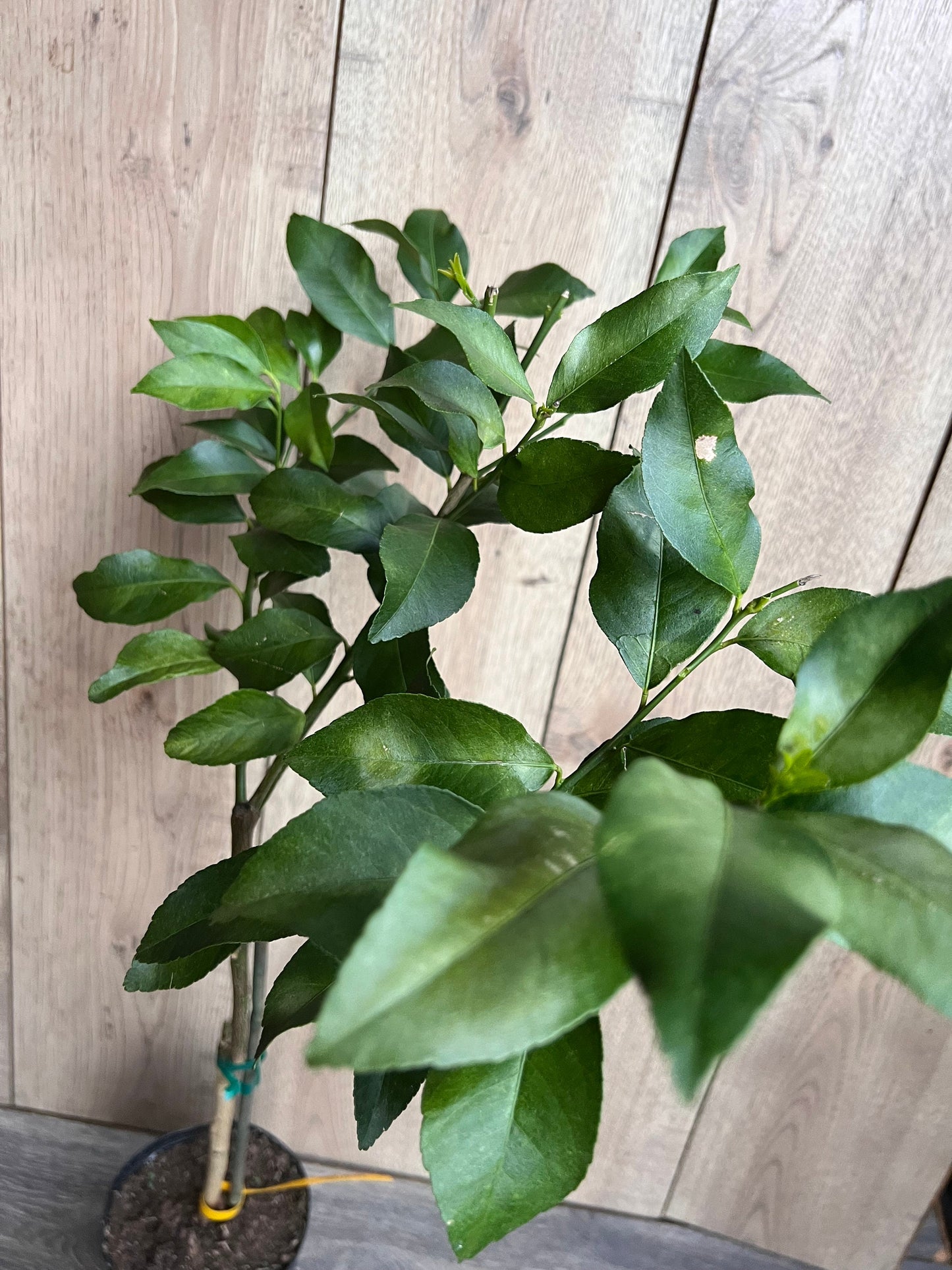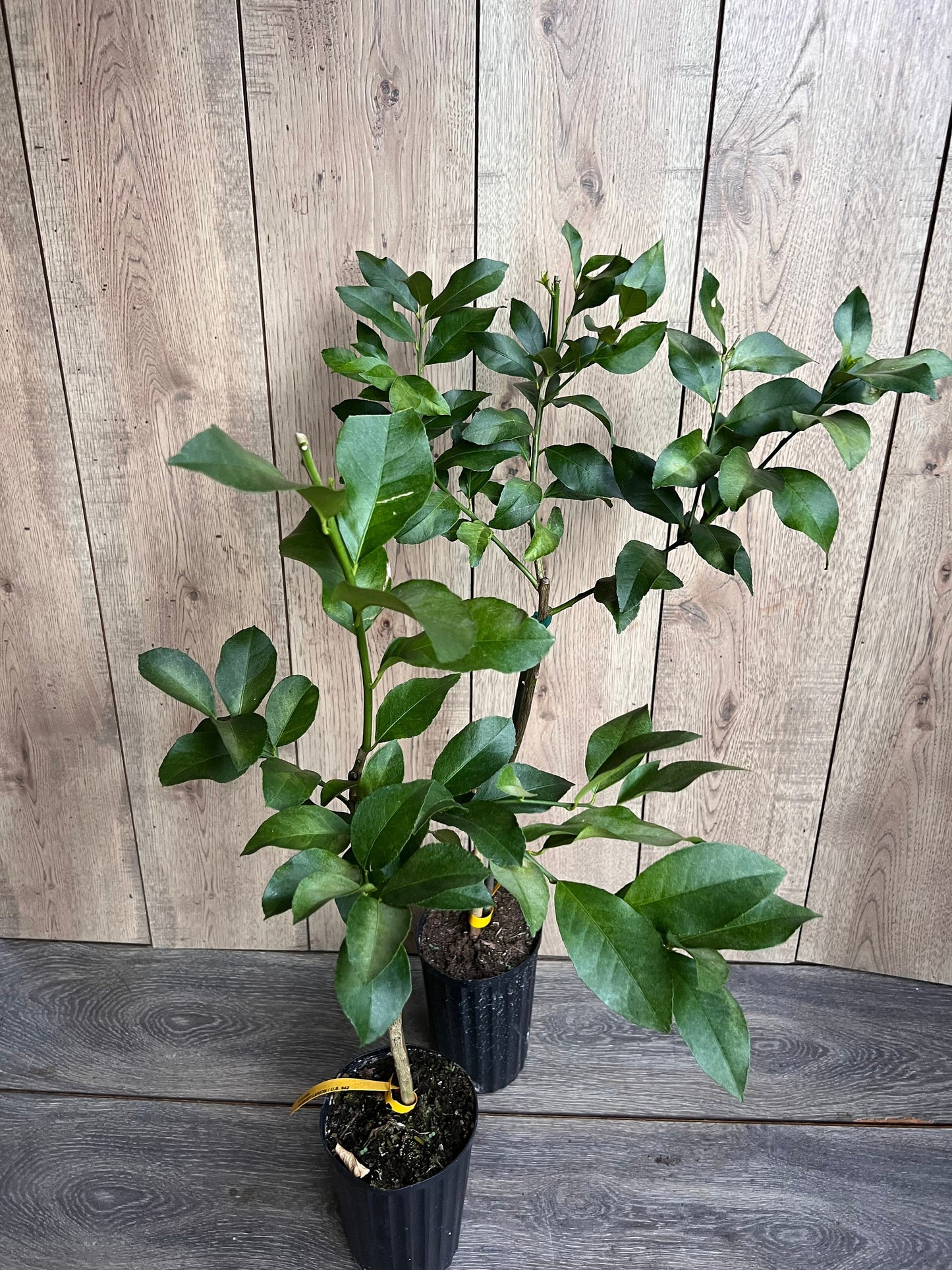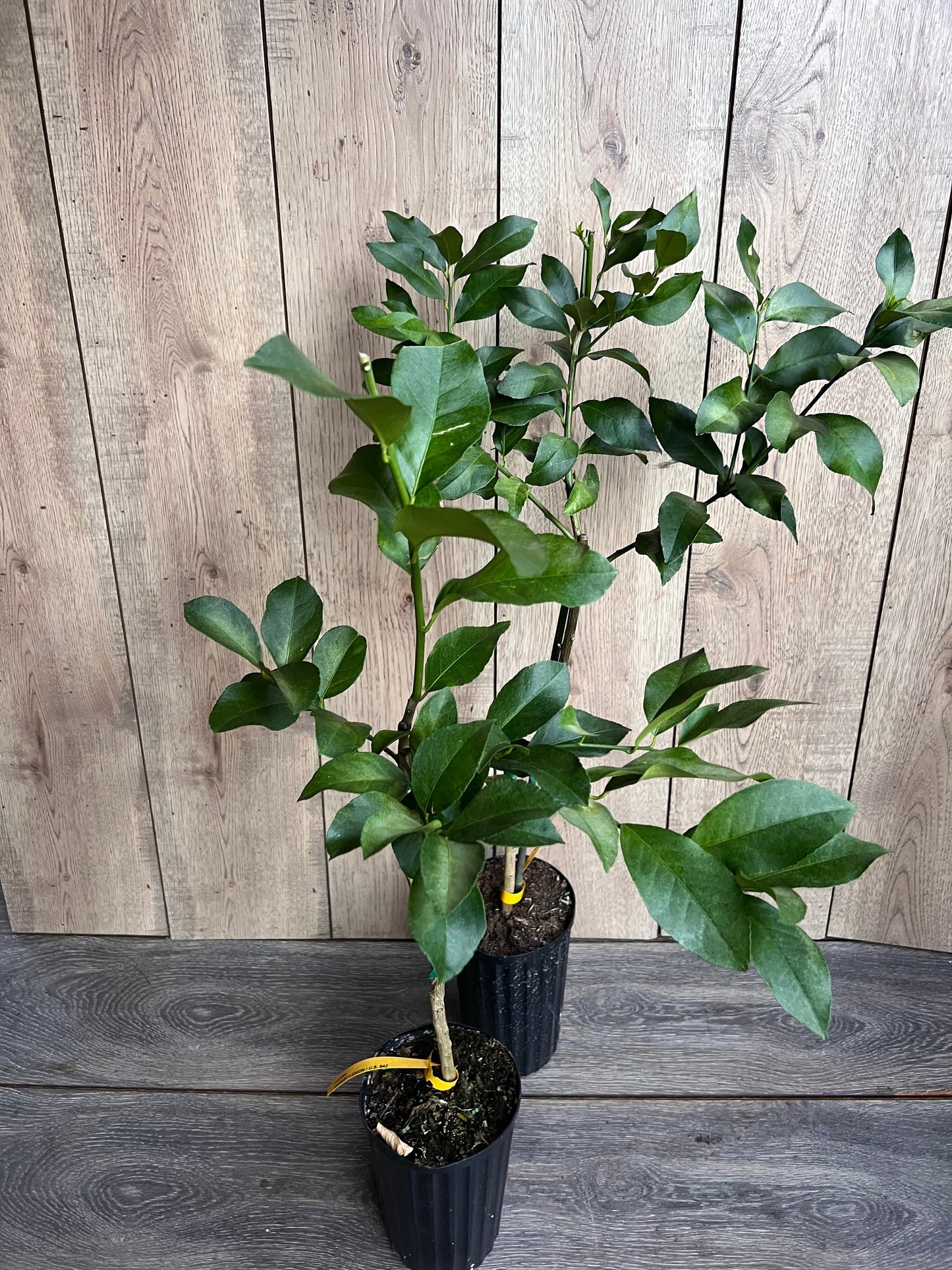1
/
of
6
Harvey Lemon in half Gallon Pot, Grafted, Florida Shipping Only
Harvey Lemon in half Gallon Pot, Grafted, Florida Shipping Only
Regular price
$48.70 USD
Regular price
$64.94 USD
Sale price
$48.70 USD
Unit price
/
per
Shipping calculated at checkout.
Couldn't load pickup availability
You will receive 1 Harvey Lemon in a 1/2 Gallon Pot, similar to the pictures.
The Harvey Lemon is a variety of Eureka lemon known for its high-quality fruit, strong acidity, and vibrant flavor. It is perfect for juicing, cooking, and flavoring drinks. This compact tree is ideal for home gardens and produces fruit with a long shelf life.
1. Location and Sunlight
- Full Sun: Harvey lemon trees need at least 8 hours of direct sunlight daily for healthy growth and fruit production.
- Space: The tree grows 10-15 feet tall, so plant it in a spacious area with good air circulation. Ensure room for it to spread out.
2. Soil Requirements
- Well-Draining Soil: Prefer slightly acidic to neutral soil (pH 5.5 to 6.5) that drains well. Avoid heavy, clay-like soils which can cause root rot.
- Soil Preparation: Amend heavy soils with compost or sand to improve drainage.
3. Watering
- Consistent Moisture: Keep the soil consistently moist but not soggy. Water deeply at the base to promote deep root growth.
- Avoid Overwatering: Ensure the soil drains well to prevent root rot. Lemon trees don’t like sitting in wet soil.
- Drought Tolerance: Once established, the tree can tolerate brief dry spells but consistent watering encourages better fruit yield.
4. Fertilizing
- Citrus Fertilizer: Use a citrus-specific fertilizer rich in nitrogen, phosphorus, and potassium. Include micronutrients like magnesium and iron.
- Fertilizing Schedule: Apply in early spring and late summer. Avoid fertilizing during the winter dormancy period.
- Organic Options: Compost or fish emulsion can also be used.
5. Pruning
- Remove Dead or Damaged Branches: Regularly prune away dead or diseased branches and any suckers (growth from the base or roots).
- Shape and Size: Pruning helps maintain the tree’s shape and promotes good air circulation, reducing the risk of fungal diseases.
- Best Time: Prune in late winter or early spring, just before the growing season.
6. Pollination
- Self-Pollinating: Harvey lemon trees are self-pollinating, meaning they don’t need another tree nearby to produce fruit. However, planting other citrus trees nearby may improve cross-pollination and yield.
7. Pest and Disease Management
- Common Pests: Watch for aphids, mealybugs, whiteflies, and spider mites. Treat with neem oil or insecticidal soap.
- Diseases: Watch for powdery mildew and citrus canker. Ensure good air circulation and avoid wetting the foliage.
- Root Rot: Ensure proper drainage to avoid overwatering and root rot.
8. Temperature and Climate
- Warm Climates: Harvey lemons thrive in subtropical to tropical climates with temperatures between 70°F and 85°F (21°C to 29°C).
- Cold Sensitivity: Protect the tree from frost, as lemon trees are cold-sensitive. Consider growing in a container if you live in a colder climate, so you can move it indoors during winter.
9. Harvesting
- When to Harvest: Harvey lemons typically mature in 9-12 months from flowering. Harvest when the fruit is bright yellow and firm to the touch. Lemons don’t ripen after picking, so ensure they are fully ripe before harvesting.
- Harvesting Method: Gently twist or use pruning shears to cut the lemons, leaving a small part of the stem attached.
10. Container Growing (If Applicable)
- Container Care: Grow in a large, well-draining pot with citrus-specific potting mix. Container trees need more frequent watering and fertilizing than those planted in the ground.
- Indoor Care: Place the tree in a sunny window or under a grow light. Ensure it gets enough light for healthy growth.
Share












